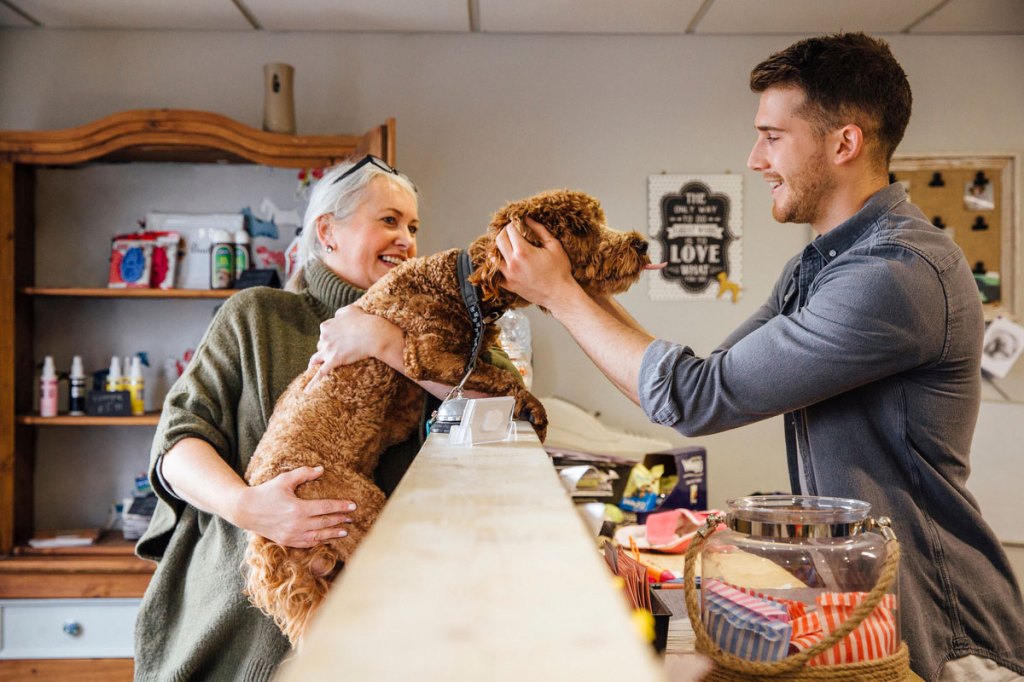Identifying the pet parents’ demographics
One of the greatest demographic differentiators for the pet care industry is age. Millennials and Gen Z received a lot of attention for their pandemic puppy push, but they weren’t the only groups adding fur babies to their homes. While it’s true that the greatest increase in pet care buyers year-over-year can be attributed to individuals between the ages 30––44, individuals between the ages of 55–64 weren’t far behind and still represent the biggest cohort of pet care spenders.
A buyer or dollar index serves as a valuable assessment for a demographic’s contributions to a product category compared to their contributions to total CPG spend. The higher the index, the higher that demographic’s contributions to people buying the product or the number of dollars spent.
In other words, households between the ages of 45—64 represent a lucrative shopper group who spend more than their expected share on pet care (food, toys, OTC treatments, supplies).
Implications of demographic insights
This unexpected insight yields valuable information when it comes to strategies for capturing the greatest share of their pet care spend due to generational shopping differences.
Of all pet care sales, 36% now occur online, up from 32% last year and 26% two years ago. However, older individuals lag behind younger households when it comes to how much of their pet care dollars have shifted online.
To be clear, the numbers are still sizeable. Except for health and beauty, it’s the sector of CPG products that older generations have embraced online the most. But is it sustainable? As stores re-opened and activities resumed, more people 55—64 years old embraced the true sense of omnishopping by splitting purchases in-store and online while younger households focused most of their increased dollar spend solely online.
Activating omnichannel insights in the pet care industry
Meeting distinct preferences in generational shopping behaviors isn’t a new challenge or unique to the pet care industry, and the implications are clear.
If individuals 45—64 represent the greatest dollars spent on pet care, but they still favor in-store shopping, then it’s clear that this is still an important consumer group that digital-first merchants and manufacturers are not fully reaching.
Whether a physical or digital engagement, understanding the nuances of each generation’s path to purchase and the factors with the highest importance will position manufacturer’s and retailers to capture the greatest share of their shopper’s’ spend.
Who is your pet parent?
NielsenIQ provides brands, retailers, and manufacturers with the data and information they need to be successful in the pet industry. With our solutions, you can learn who your consumer is, how and when they purchase, and what wellness trends they are aligning with their pet purchases. To answer the question, “Who is today’s pet parents?” is not a one-size-fits all answer. To know exactly who your consumers are, you need a full industry view of omnichannel and retail data. Download the infographic below to learn more!
Sources:
- NielsenIQ Omnishopper 52 weeks ending 1/29/22
- NielsenIQ Omnisales 52 weeks ending 1/29/22




